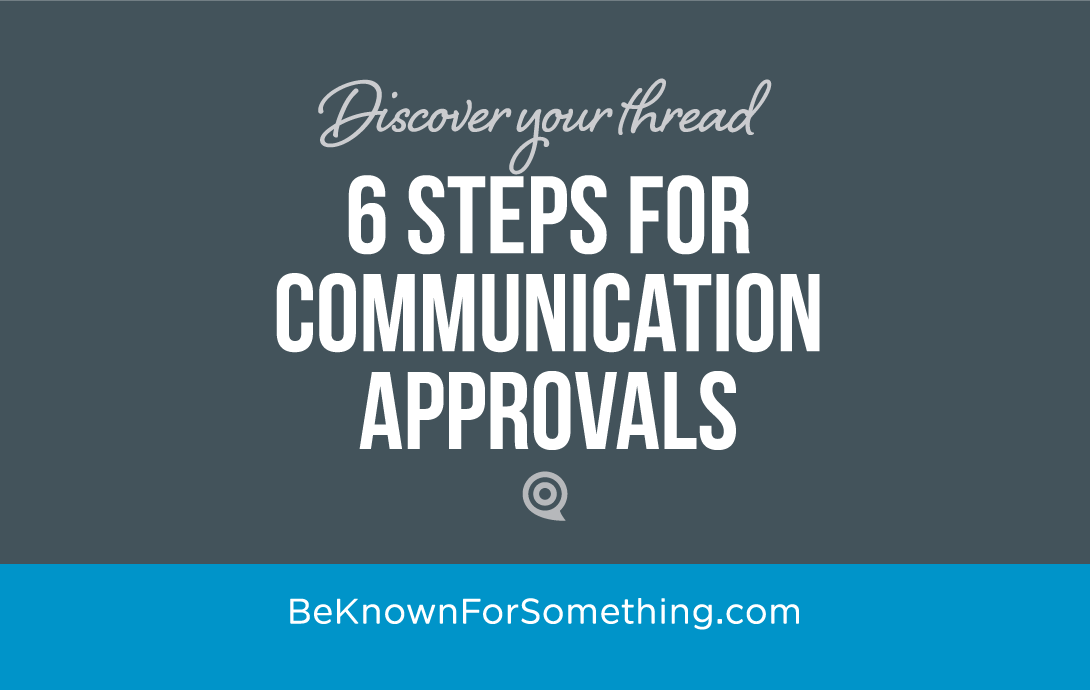The role of communication approvals encompasses every ministry detail in your church. An effective communication director will need to juggle many details for a ton of events and materials. Your church communication strategy.
Because they need to send projects to the printer, the website or posting to social channels, the approval process needs to be nailed down. Or embarrassing errors can and will occur.
Here’s a suggested process for creating harmony between leadership and the communication team:
- Have an approved Graphic Standard expectation. Your church needs approved visual controls for all brand elements (fonts, colors, designs, etc.) The Communicator should always assume that all communication materials will follow these rules (and automatically be approved by staff without question). This consistency is essential for your church’s communication.
- The Initial meeting is key. When materials are required, the initial meeting is essential to bring the overall project direction. It’s up to the communicator to ask clarification questions to proceed. If the direction is “I’m not sure, just try something”; the ministry can’t complain when “something” is tried. I’ve found in my decades of doing this, that most leaders DO know what they do like. Want to make it even easier? Bring a couple of examples of what you’re thinking about. Not to copy but to set an expectation. Be clear with goals and deadlines.
- Initial creative approvals set the table for everything. Details don’t need to be in place when the creative sketch is presented. A marker sketch or a quick computer layout often can prove the concept. The ministry must know if it’s headed in the right direction or if it’s off the mark. “I’m not sure if I like it” is not an acceptable answer at this stage. The communicator must prove they listened and are delivering the requirements of the initial meeting. And have reasonable assurance that communication goals will be met.
- Know who the details are coming from. Someone in the communication process will be detail-oriented. You know who you are. No clear person in this mix? Find someone. Or you’ll end up with mistakes. “Someone” needs to supply the proper approved materials and double-check them at least one time in the final layout.
- Know final approval expectations. Once the details are in place (photos, illustrations, words, etc.) “someone” that has the authority to know if it’s correct needs to approve everything. This person should be the detail person in #4 — when this is a different person, too many changes occur that affect deadlines.
- Communication extensions created (approvals not needed). Most projects have a lead component (ie. a brochure). Once approved, all campaign collateral materials (ie. social posts, web page, etc.) shouldn’t require additional approval. However, the communication team must take responsibility for all content to be accurate based on the initial piece.




